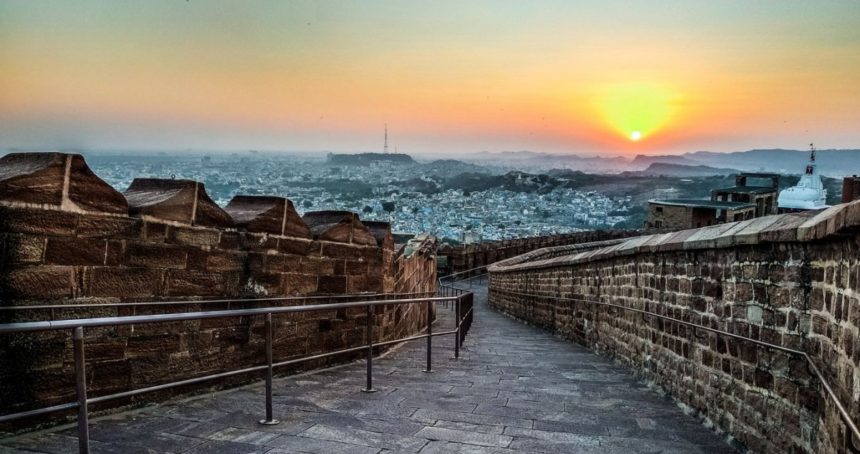The essence of what defines India is due to how it was shaped in ancient times and not because of anything post-independence, as many would have you believe.
Decoding the idea of India

It is often said that Indian history is not very different from that of other parts of the world: the same power struggles, the same tales of warfare, treachery or conquest, the same social injustices and exploitation.
The conclusion, explicitly stated or not, is that India’s road to progress lies in the modern “idea” of a “secular” nation built on the democratic structures and principles that post-Enlightenment Europe created for itself. Nothing better can be conceived of, apparently, even though Western democracies are increasingly beset with challenges to their very foundations.
But let us remain with India for now. As a nation, modern India, thus, emerged from the colonial age; there is no dispute on that. But did something identifiable as “India” exist earlier? When the ancient Greeks referred to “India”, the Chinese to “Tianzhu” or the Arabs to “Hind”, they had in mind something more than a mere geographical expanse beyond the Hindu Kush or the Himalayas; what their testimonies express is an underlying cultural unity as a defining factor for “India”.
Said al-Andalusi, a Spanish historian and astronomer, for instance, wrote in 1068,
“The Indians, among all nations, through the centuries and since antiquity, were the source of wisdom, justice and moderation. They were a people endowed with virtues of self-control, creators of sublime thoughts, universal fables, rare inventions and remarkable conceptions.”
At the other end of the spectrum, we find a British historian, John R. Seeley, spelling out in 1883 the colonial gospel:
“India is not one country, and therefore it has not one civilisation. It has not even so much unity as it seems to have…”
It was, therefore, the colonial rule that created that unity and made India one nation. If so, what did the Vishnu Purana, a text at least 1,500 years old, mean when it stated, “The country that lies north of the ocean, and south of the snowy mountains, is called Bharata”?
Networks of shrines were consciously created, although we shall never know their creators: the char dhams at the four “corners” of the land (Badrinath, Rameswaram, Dwarka, Puri); the fifty-one Shakti mahapithas dotting the entire map, including what are today Pakistan, Bangladesh and Sri Lanka, where parts of the body of the deceased Sati are said to have fallen, turning the land into a metaphor for the divine mother; the twelve Jyotirlingas; the Kumbhamela sites (originally twelve of them); the 108 Divya Desam shrines to Vishnu; and numerous regional networks.
The result:
“India has, for ages past, been a country of pilgrimages. All over the country, you find these ancient places, from Badrinath, Kedarnath and Amarnath, high up in the snowy Himalayas down to Kanyakumari in the south. For, from the very beginning of history, the people of India always thought of themselves as a people belonging to one great country. What has drawn out people from the north to the south, and from the south to the north in these great pilgrimages? What is the common thought that has made them travel from one region to the other? It is the feeling of one country and one culture, and this feeling has bound us together.”
The author of these remarks is not some Hindu communalist but the very embodiment of post-Independence secularism—Jawaharlal Nehru himself.
Much more than the Vedas or the Upanishads, the two epics culturally united the land (and much of Southeast Asia) in a tight web.
“India has all along been trying experiments in evolving a social unity within which all the different peoples could be held together, while fully enjoying the freedom of maintaining their own differences. … This has produced something like a United States of a social federation, whose common name is Hinduism.”
Again, is this the utterance of some jingoistic mind? Judge for yourself, since Rabindranath Tagore is its author, however offensive it might appear today to a certain class of Indian intellectuals. Note the key phrase, while fully enjoying the freedom of maintaining their own differences.
The whole process was not one ordered by some central religious or political power; it was organic, decentralised and self-regulated. And note the word “Hinduism”, clearly not in the sense of a narrow set of dogmas imposed by a privileged coterie, but as a bewilderingly complex phenomenon of interaction between all layers of Indian society, in which deities, rituals, beliefs and even texts freely travelled back and forth. That too will call for further discussion.

Leave a Reply